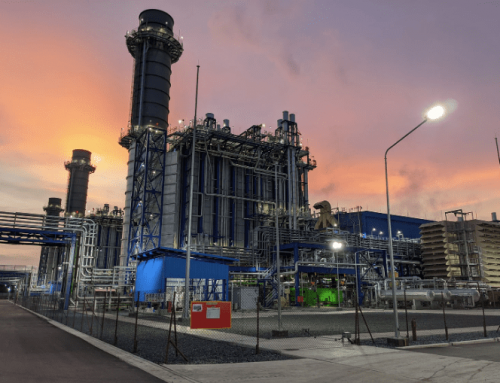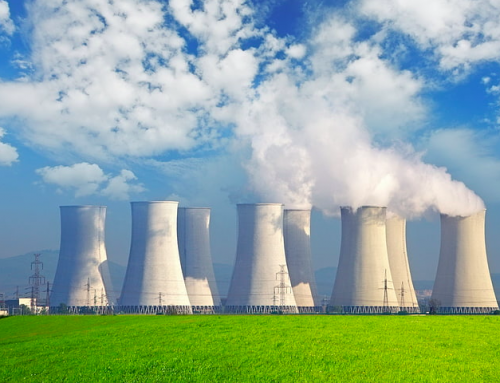A power plant is a complex facility designed to generate electricity from various energy sources, such as coal, natural gas, nuclear reactions, hydroelectricity, wind, or solar power. The control of a power plant involves a combination of physical processes, automated systems, and human oversight to ensure safe, efficient, and reliable electricity generation. Here’s an overview of how a power plant is controlled:
- Monitoring and Data Acquisition: The first step in controlling a power plant involves monitoring various parameters and collecting data from sensors located throughout the plant. These sensors measure factors such as temperature, pressure, flow rates, voltage, current, and more.
- Distributed Control System (DCS): Modern power plants use a Distributed Control System, which manages and controls various plant processes, ensuring coordination between different components and subsystems. It allows operators to adjust settings, set parameters, and implement control strategies based on the hardware and philosophy of the plant. A plant DCS manages process control.
- Process Control: Power plants have multiple interconnected processes that need to be controlled, such as fuel supply, combustion, steam generation, turbine operation, and electrical output. Control loops are established to regulate these processes. A control loop typically involves a sensor that measures a process variable (e.g., temperature), a controller that processes data and decides on control actions, and an actuator that adjusts the process (e.g., adjusts fuel flow) based on the controller’s instructions. Process control loops use automatic control algorithms.
- Automatic Control Algorithms: Sophisticated control algorithms are used to optimize the plant’s performance. These algorithms can be based on various principles, such as Proportional-Integral-Derivative (PID) control, model predictive control, fuzzy logic, and more. They take into account current operating conditions and desired outcomes to make real-time adjustments through the plant’s mechanical systems.
- Load Management: Power demand fluctuates throughout the day. The control system adjusts the power plant’s output to match the demand, a process known as load management. This involves ramping up or down the electricity generation to maintain grid stability and prevent overloading.
- Control room: While automation plays a significant role, human operators are crucial for decision-making, handling unexpected situations, and ensuring the overall safety and reliability of the power plant. Well-trained operators continuously monitor the plant’s performance in the plant control room and intervene through the human machine interface (HMI) when necessary.
- Safety Systems: A crucial element in industrial power plants is safety. Power plants have extensive safety systems to prevent accidents and respond to emergencies. These systems include automated shutdown mechanisms triggered by critical parameters going out of bounds. Often, preservation of the equipment is prioritized: the systems will shutdown so as not to damage it beyond repair. For example, a gas turbine used for power generation will fail closed, that is it will shutdown if failure occurs. The same GT might fail-open on the wing of an airplane, where you need the thrust of that engine to get the vehicle to safety.
In summary, controlling a power plant involves a combination of advanced control systems, data analysis, automation, and human expertise to ensure efficient and safe electricity generation. The goal is to optimize performance, maintain stability, and respond effectively to changing conditions and demands.




